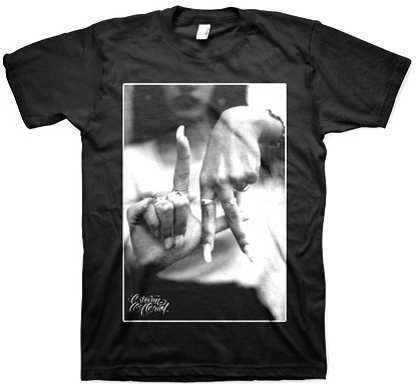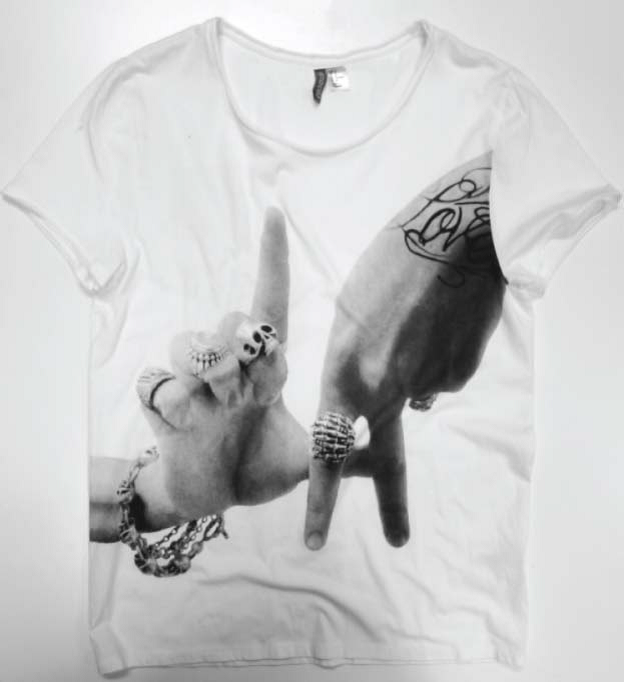Blog Editors
Recent Posts
Analyzing Tech Regulation: Shapiro's Critique and Policy Recommendations
UPCOMING EVENT: Automated Decision-Making Technology and Artificial Intelligence
Free Speech and Trademark Law Clash in Vidal v. Elster
Using Technical Solutions to Address Issues in Privacy Law: A Talk by Professor Zubair Shafiq
An Introduction to Venture Capital
Archive
California AB 1844 and the Role of Social Media in the Employment Process
Mobile Patent Wars Heat Up as USPTO Invalidates Key Apple Patents
Star Wars v. Finding Nemo: Did Disney Overpay for Lucasfilm?
The Rise and Growth of Crowdfunding Websites
Zappos, Online Contracts, and the Perils of Browsewrap Agreements
A General History of Western Trade Secret Law from the Time of Preliterate Society to Today - Pt. 2
Apple and Google Consider Arbitration for Worldwide Patent Disputes
A General History of Western Trade Secret Law from the Time of Preliterate Society to Today - Pt. 1
Apple's Slide to Unlock Patent and the Issue of Patent Continuations
Funding Your Project Pt. 1: Kickstarter and Lockitron
Apple's Double Standard: Apple's Contentions with MySpace and Samsung Icons
Sprinting Towards Success? SoftBank’s Investment in the US Market
Google News Under Fire Around the World
Court Fines Man $1.5 Million for Uploading 10 Porn Flicks to BitTorrent
They are not substantially similar!
Posted By JaeWon Lee, Feb 14, 2014
Last July, L.A.-based photographer and director Estevan Oriol sued fashion brand H&M alleging that H&M’s photograph infringes his copyrighted image, “L.A. Fingers.” In his first amended complaint, filed in last November, Oriol alleged that H&M’s photograph is substantially similar to the L.A. Fingers in six ways. But that was not good enough to persuade the court. Early this week, on February 10, the District Court in Central District of California granted H&M’s motion to dismiss. The court held that after the unprotectable elements of the photographs are filtered out, the photographs are clearly and significantly different. Below is the summary of the court’s responses to Oriol’s claims. 1. Selection of film Oriol claims that L.A. Fingers and H&M’s photograph share the same selection of film because both are in black and white. First, black and white is not in and of itself a protectable element. Second, Oriol used a film and developed the film chemically while H&M used a digital camera. They are distinctively different photographic mediums, and thus, there is no substantial similarity in selection of film. 2. Camera angle Oriol claims that both photographs are shot from the same front perspective. First, shooting an image from directly in front is not protectable. Moreover, H&M’s photograph appears to be shot from closer than L.A. Fingers and exhibits a different angle and perspective. 3. Lighting Oriol claims that both photographs use lighting to obtain a similar gritty photographic appearance and quality and both photographs use shading to highlight the “L.A.” H&M’s photograph is lit from the left of the image. In contrast, L.A. Fingers is lit from the right. Moreover, L.A. Fingers is a coarsely grained photograph from being shot in low light, while H&M’s photograph is smoothly grained and not as gritty as L.A. Fingers. 4. Background Oriol claims that the background of both photographs focus attention on the “L.A.” sign. While L.A. Fingers exhibits a background of an out of focus young female, H&M’s photograph exhibits plain white background. 5. Placement of rings Oriol claims that the placement of rings on the primary fingers are virtually identical in both photographs. First, simply the wearing of jewelry itself is not protectable. And the jewelry placement is simply not virtually identical: In L.A. Fingers the female model has a watch on her left wrist and is wearing a ring on each of her index, middle, and ring fingers of both hands, with the rings placed above her second knuckles. In contrast, the male model in H&M’s photograph wears a loose fitting bracelet on his right hand. He also wears a ring on the little, ring, and middle fingers of his right hand. He wears a ring on his index and ring fingers of his left hand. 6. Size of rings Oriol claims that the rings are the same size. The rings on the female in L.A. Fingers are thin and delicate. In contrast, the rings on the male in H&M’s photograph are thick and one is a skull. Overall, as Oriol cannot articulate a single protectable element of L.A. Fingers that is substantially similar to the H&M’s photograph, H&M does not infringe as a matter of law. http://www.therecorder.com/id=1202642789411?slreturn=20140115001434

